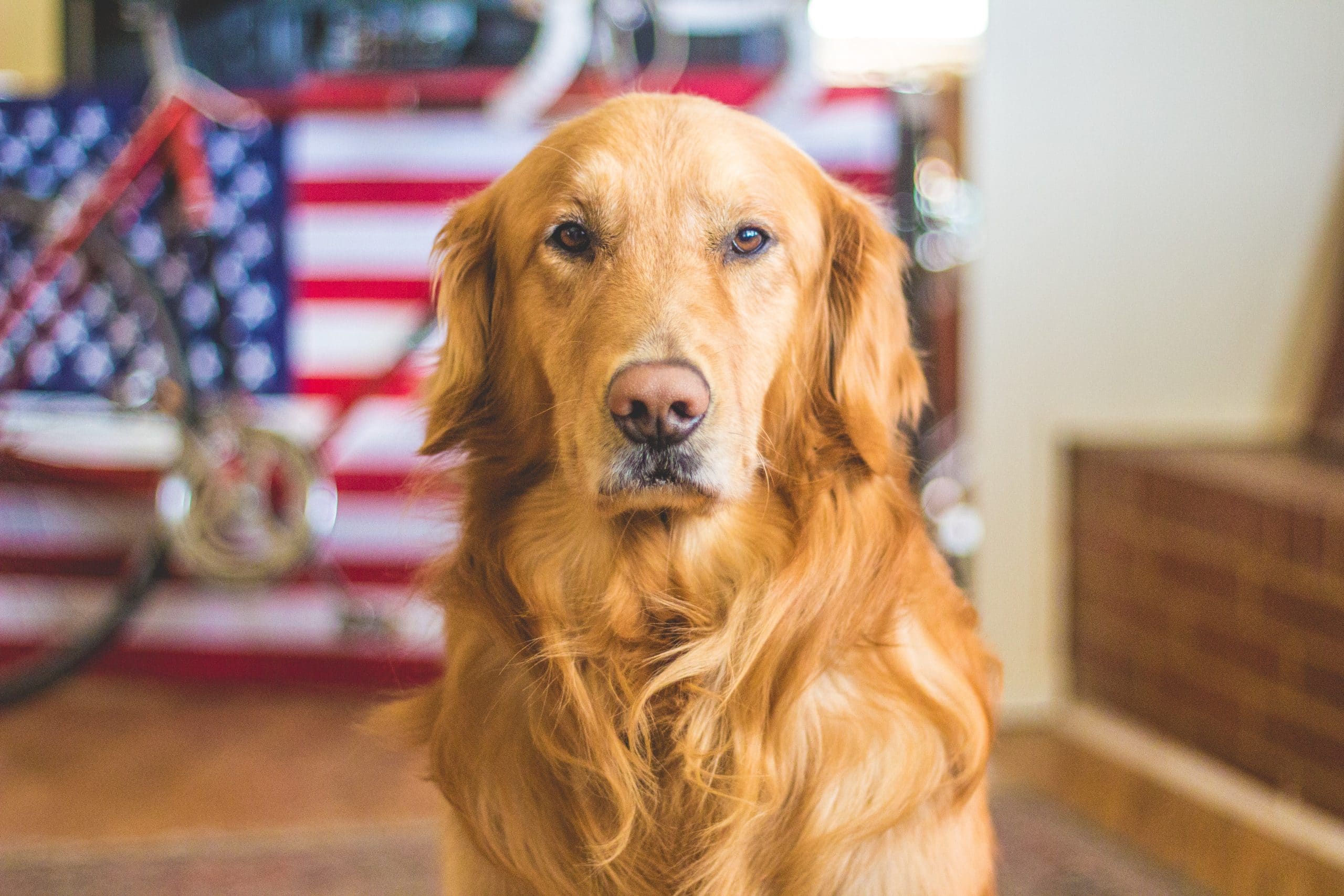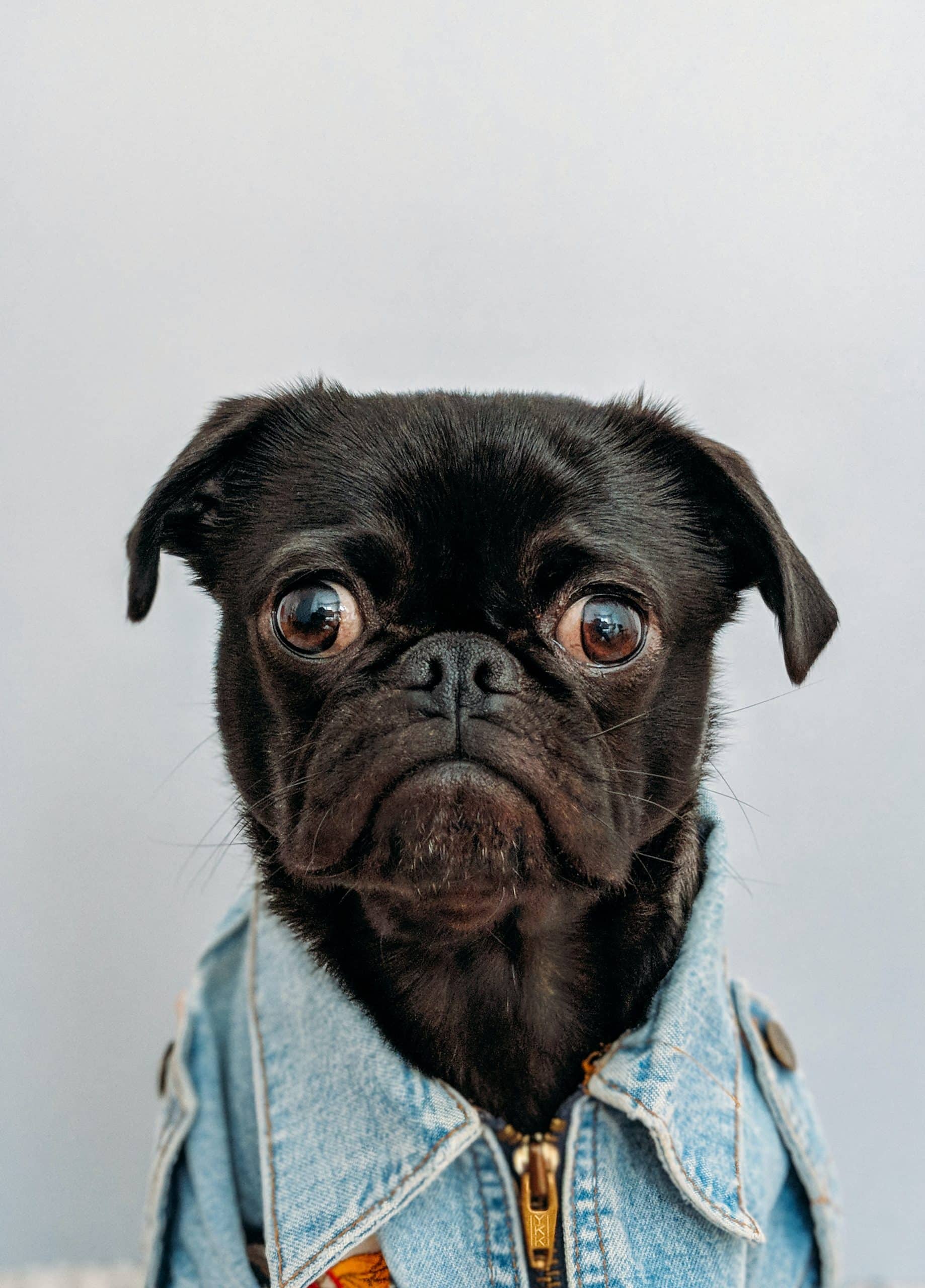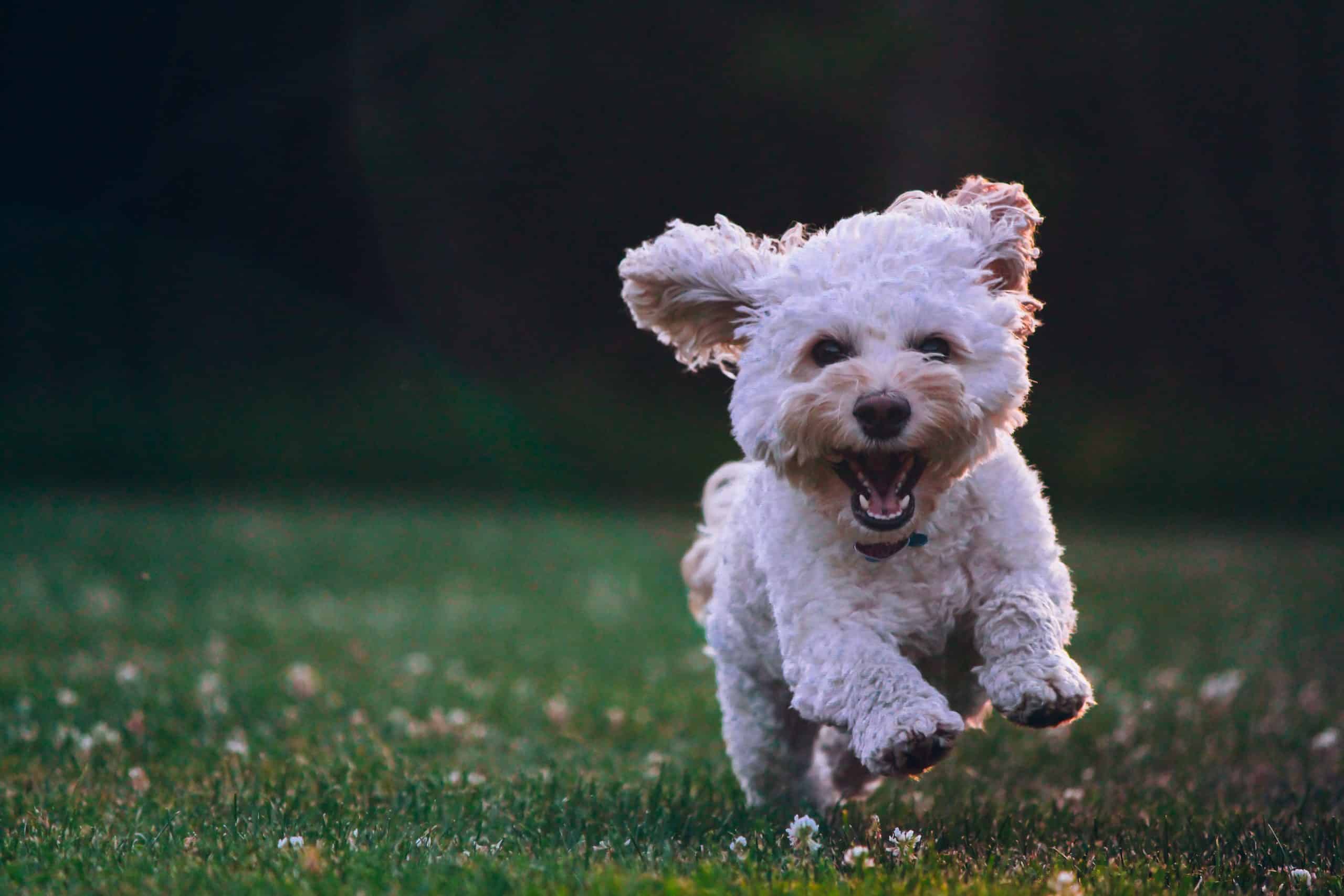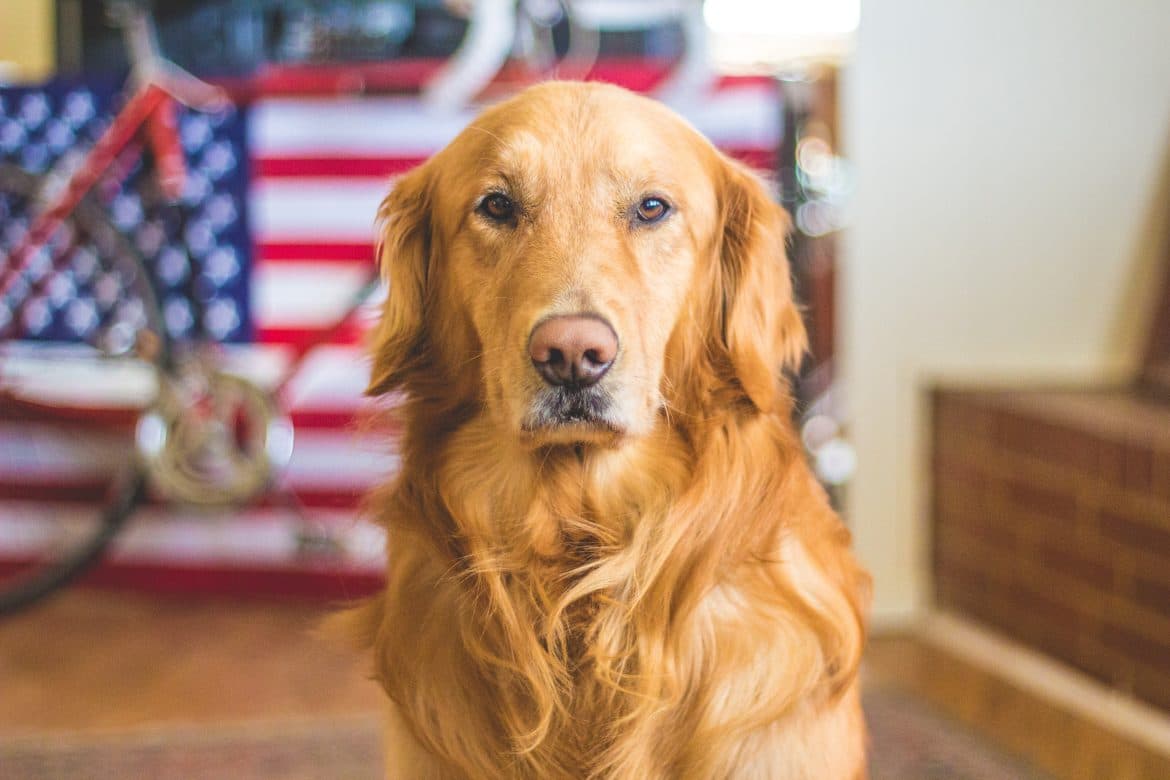Whether you have a spacious backyard or a small balcony, ensuring the safety of your furry friend in an outdoor environment is crucial. Your dog's well-being depends on it! From protecting them from potential hazards to preventing accidents and injuries, creating a safe outdoor space for your beloved canine companion is a top priority. In this article, we will share ten practical tips that will help you create a secure and enjoyable outdoor environment for your dog to play, explore, and relax. With these tips in mind, you can rest assured knowing that your dog is protected while still enjoying the great outdoors.
Fencing and Boundaries
Having a secure and well-maintained fence is crucial for creating a safe outdoor environment for your dog. When choosing fencing material, opt for something sturdy and durable, such as chain link or wooden panels. These materials are difficult for dogs to damage or break through.
Ensure that your fences are high enough to prevent your dog from jumping over them. This is especially important for larger breeds or dogs with a tendency to be climbers. The fence should be at least six feet tall to provide adequate containment.
Regularly check for any gaps or holes in the fencing that your dog could squeeze through. These small openings may seem harmless, but they can pose a significant danger if your dog manages to escape. Repair any damages promptly, and consider reinforcing weak spots with additional fencing or wire.
In some cases, you may need to consider using an electronic fence system. These systems use underground wires or wireless signals to create a virtual boundary for your dog. When your dog gets too close to the boundary, they receive a mild electric stimulation through their collar. This method can be effective in keeping your dog safely contained within your property.
To clearly mark the boundaries of your property and alert others that you have a dog, consider using signs. These signs can serve as a reminder for visitors to close gates and be cautious when entering your property. They also serve as a deterrent for potential intruders, as they indicate the presence of a dog on your premises.
Outdoor Shelter
Providing your dog with a comfortable and weatherproof outdoor shelter is essential to ensure their well-being. Invest in a well-insulated doghouse that can withstand harsh weather conditions. The doghouse should be properly sealed to prevent rainwater from leaking in and should have good ventilation to keep your dog cool in warmer months.
When choosing a location for the doghouse, opt for a shaded area. Direct sunlight can cause the interior of the doghouse to become extremely hot, posing a risk to your dog's health. Placing the doghouse under a tree or using shade cloth can help to keep the temperature inside the doghouse regulated.
Elevate the doghouse from the ground to prevent moisture from seeping in and to provide insulation during colder weather. This can be achieved by placing the doghouse on bricks or a raised platform. Regularly clean the doghouse and inspect it for any signs of pests or insects. Infestations can pose health risks to your dog, so it is important to address any issues promptly.
Ensure that your dog has comfortable bedding in their outdoor shelter. This can include blankets, straw, or specialized dog beds designed for outdoor use. The bedding should be changed regularly to keep it clean and odor-free.

This image is property of images.unsplash.com.
Toxic Plants and Chemicals
Your outdoor space may be home to various plants that could be toxic to your dog if ingested. It is important to familiarize yourself with the common toxic plants in your area and take measures to remove or fence off access to them. Some common toxic plants include azaleas, lilies, sago palms, and certain types of mushrooms.
When it comes to maintaining your outdoor space, choose pet-friendly pesticides and weed killers. Avoid using any products that contain toxic chemicals that could harm your dog. Look for natural and eco-friendly alternatives that are safe for pets and the environment.
Store all chemicals, including fertilizers, herbicides, and pesticides, in secure and inaccessible areas. Dogs are curious creatures and may inadvertently come into contact with these substances if they are within reach. Locked cabinets or high shelves are ideal for keeping these potentially harmful chemicals out of your dog's reach.
It is also important to be aware of potential hazards in neighboring areas. If you live near a park, fields, or other public spaces, be cautious about letting your dog roam freely. These areas may be treated with chemicals or contain toxic plants that could pose a threat to your dog's safety.
Secure Gates and Entrances
Gates and entrances are potential points of escape for your dog, so it is crucial to ensure that they are secure. Install self-closing and self-latching gates that automatically close after use. This reduces the risk of accidentally leaving the gate open and allows you to focus on other tasks without worrying about your dog escaping.
Regularly check the mechanisms of your gates to ensure they are functioning correctly. Hinges, latches, and locks can become worn or damaged over time, compromising the security of the gate. Repair or replace any faulty parts promptly to maintain a safe outdoor environment for your dog.
The height of the gate is also important. Make sure it is tall enough to prevent your dog from jumping over it. This is particularly important for agile and athletic breeds that may attempt to scale the gate. A gate height of at least four to six feet is recommended for most dogs.
Opt for dog-friendly latches that are difficult for dogs to open. Some dogs are adept at manipulating traditional gate latches, so consider using latches that require a specific motion or key to unlock. This adds an extra layer of security and reduces the likelihood of your dog accidentally opening the gate.
Teaching your dog not to dash out of open gates is an important part of outdoor safety. Practice recall commands and reinforce them consistently. Train your dog to wait patiently by the gate until given permission to go through. This helps to prevent accidental escapes and keeps your dog safe within your property.

This image is property of images.unsplash.com.
Outdoor Hazards
Before allowing your dog to roam freely in your outdoor space, take the time to remove any sharp objects or debris. Broken glass, nails, and other hazards can cause severe injuries to your dog's paws or body. Regularly inspect your outdoor area and remove any potential dangers.
Secure loose wires and cables to prevent your dog from tripping or getting tangled up in them. Dogs are naturally curious and may chew on cords, which can lead to electric shocks or other injuries. Invest in cord covers or cable management systems to keep wires out of your dog's reach.
Cover open holes or pits in your yard to prevent your dog from accidentally falling in or getting trapped. This includes covering wells, drainage pipes, or areas where construction work has been done. Use mesh or grating to securely cover any openings while still allowing for adequate drainage.
Remove potential choking hazards from your outdoor space. This includes small toys, balls, or any objects that your dog could swallow. Dogs may be tempted to chew on or play with these objects, but if swallowed, they can cause choking or gastrointestinal blockages.
Keep outdoor toys and tools properly stored when not in use. Leaving these items scattered around your outdoor space can create a tripping hazard for both you and your dog. Additionally, some tools or chemicals may be toxic if ingested, so it is important to keep them safely stored away.
Proper Supervision
While it may be tempting to leave your dog unattended in the backyard, it is important to avoid doing so for long periods. Dogs thrive on social interaction and may become bored or anxious when left alone for extended periods. Regularly spend quality time with your dog and supervise their outdoor activities.
When your dog interacts with other animals, such as other dogs, cats, or wildlife, it is important to supervise these interactions. Dogs are not always able to assess potential dangers or respond appropriately to other animals' behaviors. Keeping a close eye on these interactions can help to prevent altercations or injuries.
Observe your dog's behavior and reactions to the environment while they are outside. Dogs may encounter unfamiliar sights, sounds, or smells, which can sometimes be overwhelming. Being attentive to your dog's reactions allows you to address any potential sources of distress or danger promptly.
Be alert to any signs of distress or danger that your dog may exhibit. This can include excessive panting, drooling, restlessness, or signs of aggression. If you notice any unusual behavior, remove your dog from the situation and consult with a veterinarian if necessary.
Teaching your dog recall commands is an essential safety measure. A strong recall allows you to quickly call your dog back to you in case of an emergency or potential danger. Consistently reinforce recall training so that your dog responds promptly and reliably, even in distracting outdoor environments.

This image is property of images.unsplash.com.
Temperature and Weather Considerations
Extreme heat and cold can pose significant risks to your dog's health and safety. During hot weather, provide adequate shade and shelter to protect your dog from the sun's intense rays. Ensure that there are areas in your outdoor space where your dog can seek refuge from the heat, and place water bowls in shaded areas to keep the water cool.
Avoid leaving your dog outside in severe weather conditions such as heavy rain, thunderstorms, or extreme cold. In such conditions, your dog may be at risk of hypothermia, frostbite, or dehydration. Bring your dog indoors during these times or provide a well-insulated and weatherproof shelter that can withstand the elements.
Protect your dog from cold temperatures by providing appropriate clothing, such as dog sweaters or jackets. This is especially important for dogs with short coats or those that are more susceptible to the cold. Monitor your dog for signs of discomfort or distress in cold weather and make adjustments accordingly.
Be conscious of hot surfaces like pavement or metal during hot weather. These surfaces can quickly become scorching and cause burns or discomfort for your dog's sensitive paw pads. On hot days, opt for walks in the early morning or late evening when the ground is cooler, or use protective booties to shield your dog's paws.
Be aware of signs of heatstroke or hypothermia. Heatstroke can occur when a dog's body temperature rises to dangerous levels, and hypothermia can occur when a dog's body temperature drops too low. Symptoms may include excessive panting, lethargy, vomiting, or tremors. If you suspect your dog is experiencing either condition, seek immediate veterinary attention.
Water Safety
Providing access to fresh and clean drinking water is essential for your dog's well-being. Water should be available at all times, especially during outdoor activities. Replace the water regularly to ensure it remains clean and free from contaminants.
If your outdoor space has a pond, pool, or any other body of water, it is important to supervise your dog when they are near these areas. Dogs are often attracted to water and may jump in without realizing the potential dangers. Accidents can happen quickly, so it is crucial to keep a close eye on your dog and intervene if necessary.
Consider using flotation devices for water activities, especially if your dog is not a strong swimmer or if you are taking them boating. These devices provide added buoyancy and can help to keep your dog safe in the water. Ensure that the flotation device fits properly and does not impede your dog's movement.
Learning pet CPR and basic water safety techniques can be invaluable in case of emergencies. Knowledge of these life-saving techniques can mean the difference between life and death for your dog. Enroll in a pet first aid course or consult with your veterinarian for guidance on how to perform these procedures.
Preventing Escapes and Lost Dogs
Microchipping your dog is a crucial step in ensuring their identification if they escape or get lost. Microchips are small devices that are implanted underneath your dog's skin and can be scanned by veterinary clinics or animal shelters to retrieve your contact information. This significantly increases the chances of your dog being returned to you if they are found.
Use a sturdy and well-fitted collar for your dog, and make sure to have ID tags with your contact information attached. These tags should have your dog's name, your phone number, and any other relevant details. In case your dog slips out of their collar, having a microchip as a backup identification method is essential.
Avoid leaving your dog unsupervised in an unfenced area, as this increases the risk of them wandering off, getting lost, or encountering dangerous situations. If you do have an unfenced area, consider using a long leash or tie-out to keep your dog secure while still allowing them some freedom to move around.
Train your dog to respond to recall commands consistently. This gives you the ability to call them back to you in case they escape or start to wander off. Regular training sessions and positive reinforcement can help to strengthen this important skill and reduce the likelihood of your dog running off.
Regularly check and reinforce fencing and containment measures in your outdoor space. Over time, wear and tear, as well as your dog's natural inclination to test boundaries, can compromise the security of existing methods. Regular inspections and addressing any issues promptly will help to prevent escapes and keep your dog safe.
Regular Veterinary Care
Keeping your dog up-to-date with vaccinations is an essential part of their overall health and well-being. Vaccinations protect against common diseases and ensure that your dog is prepared to fight off potential infections. Consult with your veterinarian to establish a vaccination schedule that is appropriate for your dog's age, breed, and lifestyle.
Scheduling regular check-ups with a veterinarian is crucial for monitoring your dog's health and detecting any potential issues early on. During these visits, your veterinarian can perform a thorough physical examination, administer necessary vaccinations, and address any concerns or questions you may have about your dog's health or behavior.
Protecting your dog against fleas, ticks, and parasites is essential for their comfort and overall health. Discuss appropriate preventive measures with your veterinarian and use products that are safe and effective for your dog. Regularly check your dog for any signs of fleas, ticks, or other external parasites, and address any infestations promptly.
Discuss outdoor safety concerns with your veterinarian during routine visits. They can provide guidance specific to your geographical location and advise on potential hazards or risks that may be present in your outdoor environment. Your veterinarian is a valuable resource when it comes to ensuring the safety and well-being of your dog.
Be observant of any changes in your dog's health or behavior. Dogs may exhibit subtle signs of illness or discomfort that can easily go unnoticed. Monitor their eating habits, energy levels, bathroom habits, and overall demeanor. If you notice any concerning changes, consult with your veterinarian to rule out any underlying health issues.
By following these tips and taking the necessary precautions, you can create a safe and enjoyable outdoor environment for your dog. Remember that your dog's safety and well-being should always be a top priority, and regular supervision, maintenance, and proper veterinary care are key to ensuring a happy and healthy outdoor experience for your furry friend.


